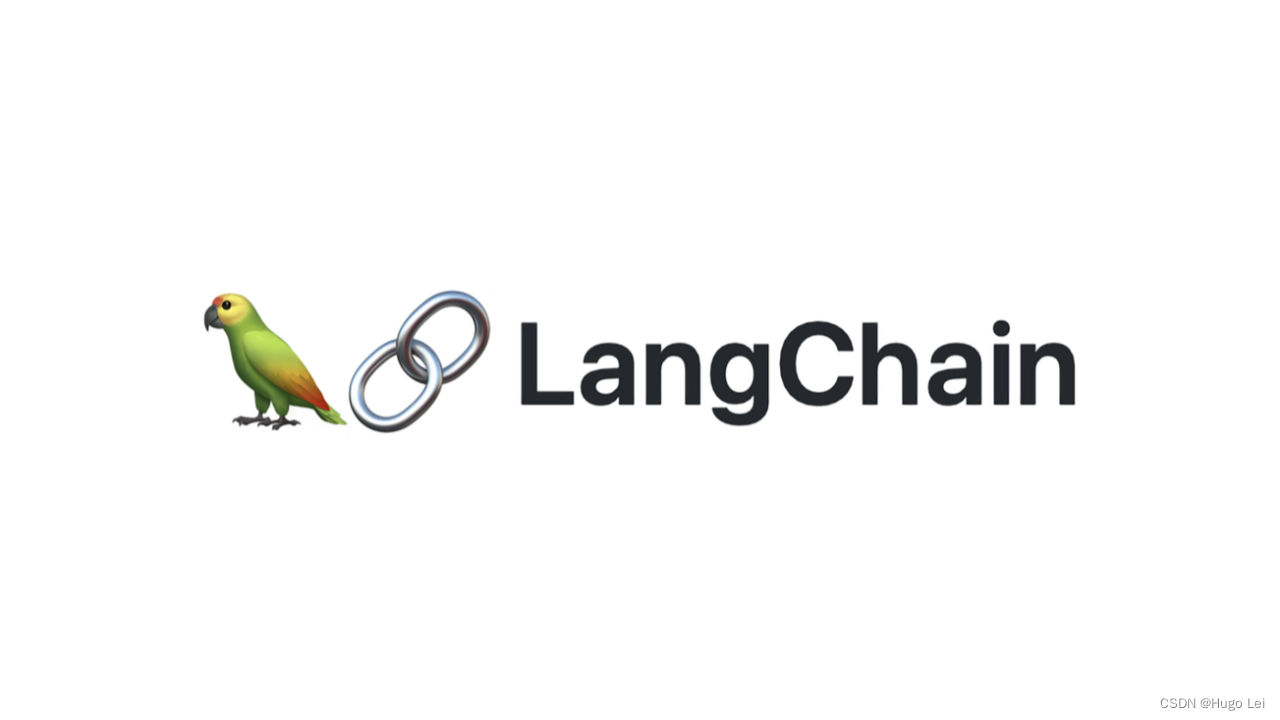本文主要是介绍LLM大语言模型(十三):ChatGLM3-6B兼容Langchain的Function Call的一步一步的详细转换过程记录,希望对大家解决编程问题提供一定的参考价值,需要的开发者们随着小编来一起学习吧!
# LangChain:原始prompt
System: Respond to the human as helpfully and accurately as possible. You have access to the following tools:
Calculator: Useful for when you need to calculate math problems, args: {\'calculation\': {\'description\': \'calculation to perform\', \'title\': \'Calculation\', \'type\': \'string\'}}
Use a json blob to specify a tool by providing an action key (tool name) and an action_input key (tool input).
Valid "action" values: "Final Answer" or Calculator
Provide only ONE action per $JSON_BLOB, as shown:
```
{
"action": $TOOL_NAME,
"action_input": $INPUT
}
```
Follow this format:
Question: input question to answer
Thought: consider previous and subsequent steps
Action:
```
$JSON_BLOB
```
Observation: action result
... (repeat Thought/Action/Observation N times)
Thought: I know what to respond
Action:
```
{
"action": "Final Answer",
"action_input": "Final response to human"
}
Begin! Reminder to ALWAYS respond with a valid json blob of a single action. Use tools if necessary. Respond directly if appropriate. Format is Action:```$JSON_BLOB```then Observation
Human: 34 * 34
(reminder to respond in a JSON blob no matter what)
# ChatGLM:找到原始prompt中关于tool的说明
Calculator: Useful for when you need to calculate math problems, args: {'calculation': {'description': 'calculation to perform', 'title': 'Calculation', 'type': 'string'}}
# ChatGLM:找到原始prompt中用户输入
Human: 34 * 34\n\n\n(reminder to respond in a JSON blob no matter what)
# ChatGLM:将原始prompt转换为ChatGLM的会话格式,并记录到self.history,同时找到用户输入作为接下来的query=34 * 34
[{'role': 'system', 'content': 'Answer the following questions as best as you can. You have access to the following tools:', 'tools': [{'name': 'Calculator', 'description': 'Useful for when you need to calculate math problems', 'parameters': {'calculation': {'description': 'calculation to perform', 'type': 'string'}}}]}, {'role': 'user', 'content': '34 * 34\n\n\n (reminder to respond in a JSON blob no matter what)'}
]# ChatGLM:依据self.history和query进行生成,生成结果赋值给self.history,新的self.history内容如下
[{'role': 'system', 'content': 'Answer the following questions as best as you can. You have access to the following tools:', 'tools': [{'name': 'Calculator', 'description': 'Useful for when you need to calculate math problems', 'parameters': {'calculation': {'description': 'calculation to perform', 'type': 'string'}}}]}, {'role': 'user', 'content': '34 * 34\n\n\n (reminder to respond in a JSON blob no matter what)'}, {'role': 'user', 'content': '34 * 34'}, {'role': 'assistant', 'metadata': 'Calculator', 'content': " ```python\ntool_call(calculation='34*34')\n```"}]
==新增了两条信息==
{'role': 'user', 'content': '34 * 34'},
{'role': 'assistant', 'metadata': 'Calculator', 'content': " ```python\ntool_call(calculation='34*34')\n```"}
# ChatGLM:解析LLM最新回答中的tool,并作为_call()函数的返回
response = '\nAction: \n```\n{"action": "Calculator", "action_input": {"calculation": "34*34"}}\n```'
# ChatGLM:更新_call()的入参History,增加一个pair=(prompt,response),传递给LangChain
==此时prompt就是原始prompt==
==response就是ChatGLM生成的接下来要用到的Tool,也就是原始prompt里希望LLM返回的结果==
# LangChain:执行Tool的调用,得到Tool的返回值,继续调用LLM
==这时候LLM还没有返回Final answer,所以要继续执行LLM==
# ChatGLM:此时的prompt是在原始prompt基础上再增加了上一步Tool的调用信息
'System: Respond to the human as helpfully and accurately as possible. You have access to the following tools:\n\nCalculator: Useful for when you need to calculate math problems, args: {\'calculation\': {\'description\': \'calculation to perform\', \'title\': \'Calculation\', \'type\': \'string\'}}\n\nUse a json blob to specify a tool by providing an action key (tool name) and an action_input key (tool input).\n\nValid "action" values: "Final Answer" or Calculator\n\nProvide only ONE action per $JSON_BLOB, as shown:\n\n```\n{\n "action": $TOOL_NAME,\n "action_input": $INPUT\n}\n```\n\nFollow this format:\n\nQuestion: input question to answer\nThought: consider previous and subsequent steps\nAction:\n```\n$JSON_BLOB\n```\nObservation: action result\n... (repeat Thought/Action/Observation N times)\nThought: I know what to respond\nAction:\n```\n{\n "action": "Final Answer",\n "action_input": "Final response to human"\n}\n\nBegin! Reminder to ALWAYS respond with a valid json blob of a single action. Use tools if necessary. Respond directly if appropriate. Format is Action:```$JSON_BLOB```then Observation\nHuman: 34 * 34\n\n\n
Action: \n```\n{"action": "Calculator", "action_input": {"calculation": "34*34"}}\n```\nObservation: 1156\nThought: \n
==这一段是新增的,增加了上一步Action的Tool的执行结果==
(reminder to respond in a JSON blob no matter what)'
# ChatGLM解析新prompt中的observation
得到1156
向self.history新增一条信息:
{'role': 'observation', 'content': '1156'}
# ChatGLM:再次执行chat,进行生成
入参:此时query是空,history是所有的历史
返回结果,新增如下两条信息:
{'role': 'user', 'content': ''}
{'role': 'assistant', 'metadata': '', 'content': '{\n " calculation": "34*34",\n " result": 1156\n}'}
# ChatGLM:解析tool,发现self.history里最后一条消息的metadata是空,说明没有tool需要调用了,可以拼接Final answer,_call()返回值如下
response = '\nAction: \n```\n{"action": "Final Answer", "action_input": "{\\n \\" calculation\\": \\"34*34\\",\\n \\" result\\": 1156\\n}"}\n```'
# ChatGLM:_call()向入参的History里增加了一个新的pair
0=新的prompt
1=response
# LangChain:收到了Final Answer,调用结束,最后输出
{'input': '34 * 34', 'output': '{\n " calculation": "34*34",\n " result": 1156\n}'}
参考
- LLM大语言模型(十二):关于ChatGLM3-6B不兼容Langchain 的Function Call-CSDN博客
- LLM大语言模型(十一):基于自定义的ChatGLM3-6B构建LangChain的chain-CSDN博客
- LLM大语言模型(十):LangChain自定义Agent使用自定义的LLM-CSDN博客
- LLM大语言模型(九):LangChain封装自定义的LLM-CSDN博客
- LLM大语言模型(八):ChatGLM3-6B使用的tokenizer模型BAAI/bge-large-zh-v1.5-CSDN博客
- LLM大语言模型(七):部署ChatGLM3-6B并提供HTTP server能力
- LLM大语言模型(四):在ChatGLM3-6B中使用langchain_chatglm3-6b langchain-CSDN博客
这篇关于LLM大语言模型(十三):ChatGLM3-6B兼容Langchain的Function Call的一步一步的详细转换过程记录的文章就介绍到这儿,希望我们推荐的文章对编程师们有所帮助!






